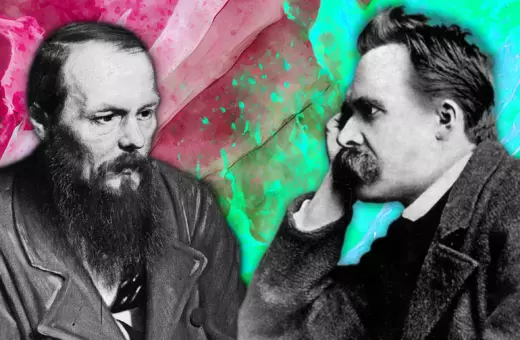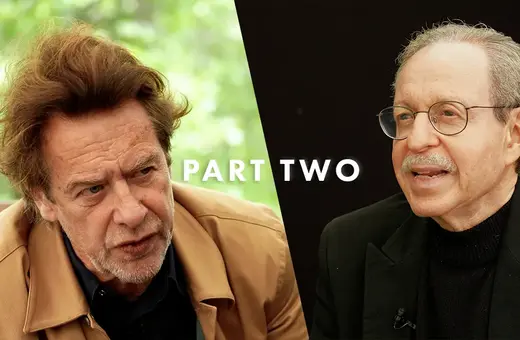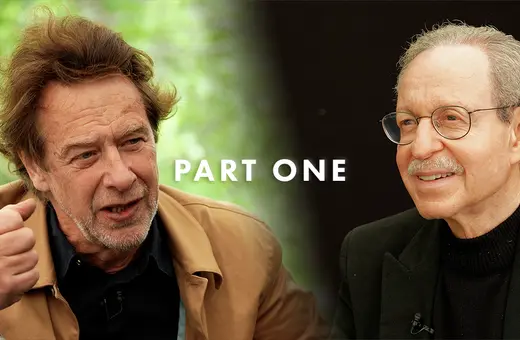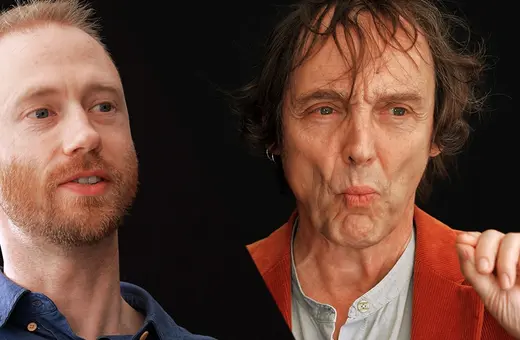Idealism is often met with some ridicule; surely the world doesn't just exist in our heads. Jeremy Dunham argues this view of idealism is a misconception. Idealism is a much more realist worldview than we think, and more realist than its alternatives, as it does not deny the existence of the most real things there are: thoughts.
What is idealism? Throughout history, in most cases, philosophical idealism is a metaphysical position. The idealist is concerned with reality’s fundamental nature. It is often mistakenly thought to be a reductive theory of the fundamental nature of reality. Many critics have supposed that the idealist tries to reduce reality to the subjective states of individual minds. According to this form of subjective idealism there is no world outside our minds. This view is often associated with the British empiricist Bishop Berkeley (1685-1753). Famously, when told that such idealism was irrefutable, the English author Samuel Johnson (1709-1784) shouted, “I refute it thus” and kicked a stone. The idealist therefore is thought to be the one who denies. They are anti-realist, anti-materialist, anti-naturalist, and certainly anti-stones.
___
Many kinds of philosophers have both voluntarily and involuntarily been referred to as idealists. However, they are united by an understanding of idealism as a form of realism.
___
This way of thinking about philosophical idealism is misleading. Many kinds of philosophers have both voluntarily and involuntarily been referred to as idealists. However, they are united by an understanding of idealism as a form of realism. Idealism is not a reductive philosophy. It argues for the real existence of elements of reality often dismissed. It is a realism about ideas. Even Berkeley frames his position as a realism. He wrote that “the real things are those things I see, and feel, and perceive by my senses”.
SUGGESTED VIEWING The return of idealism With James Tartaglia
Berkeley opposed his view to those who regard our rich conscious phenomenal world, the world of tastes, feels, colours, and sounds, as in some way less real than the physical world. For Berkeley, the real stone is the coloured object which we see and feel and that resists us when kicked. If Johnson kicked the stone as hard as I imagine, he entered a world of pain. For Berkeley, this world is the real world. His idealism is ampliative, not reductive. Its aim is to account for the full extent of our reality. Berkeley, then, is not anti-stone. He argued that only idealism can do justice to stones.






















Join the conversation